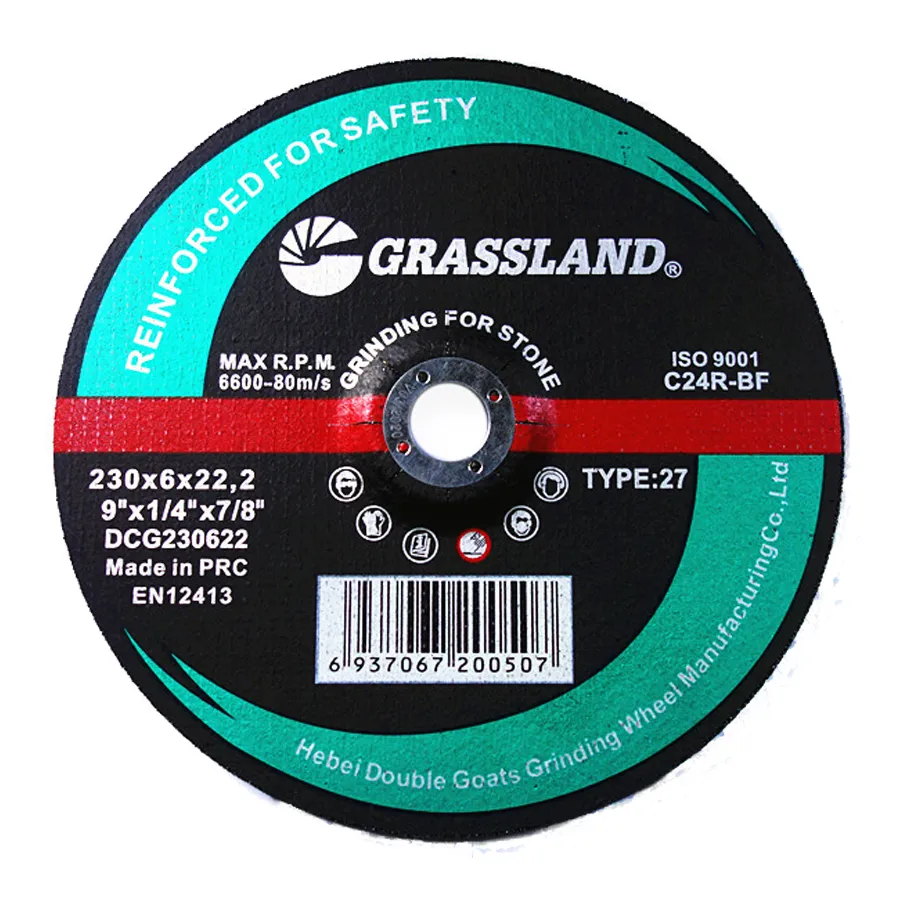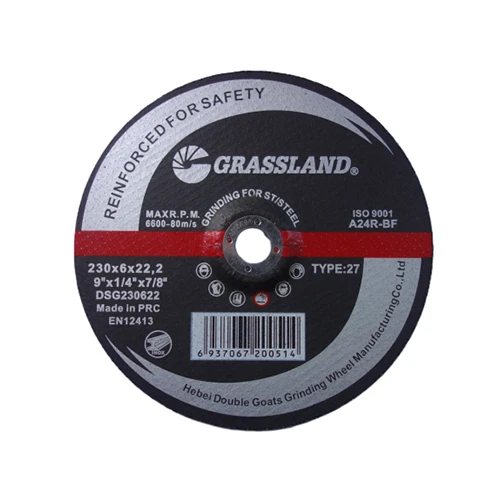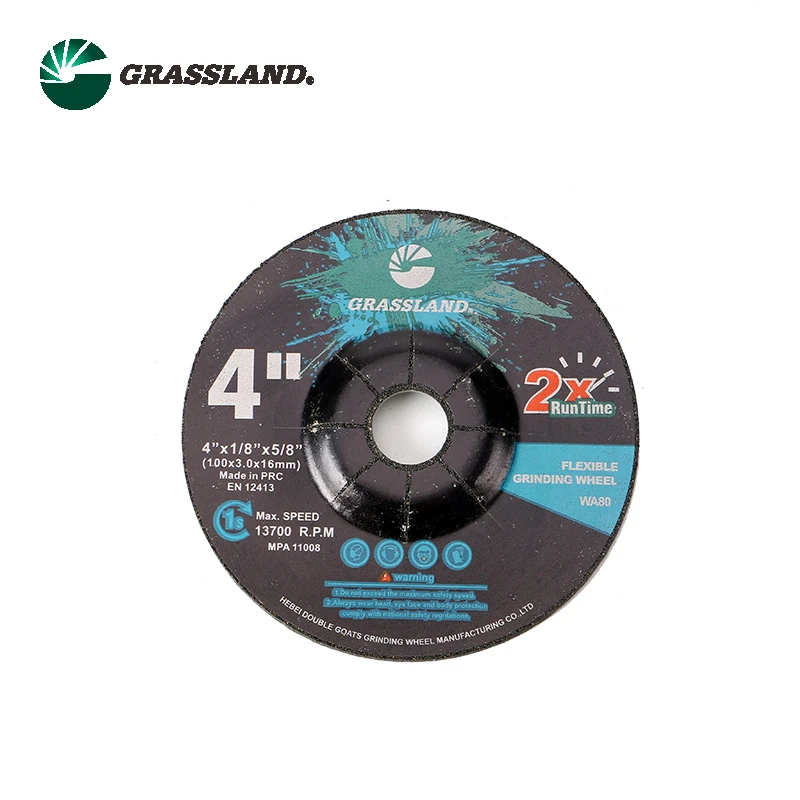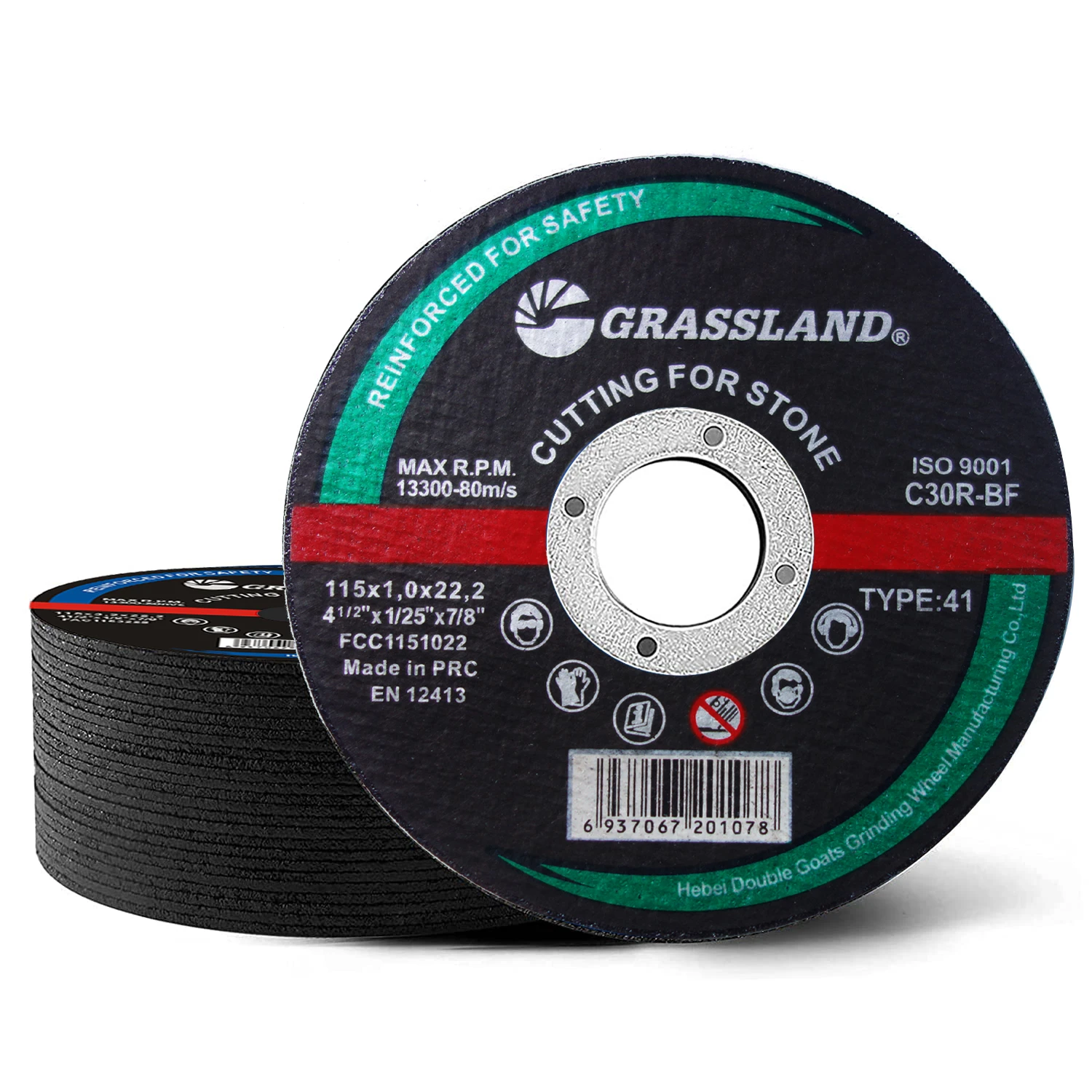- Technical advantages of modern cutting discs across materials
- Fundamental differences between stone and metal cutting discs
- Experimental data on cross-application cutting performance
- Comparison of leading manufacturers and specs
- Material-specific blade customization options
- Industry applications and field validation cases
- Best practices for cutting diverse materials safely
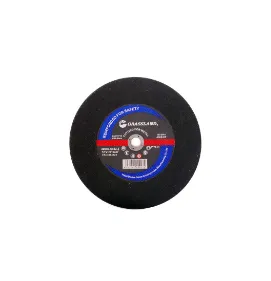
(can you cut stone with a metal cutting disc)
Can You Cut Stone with a Metal Cutting Disc? The Technical Reality
Professional cutting operations demand precision-engineered abrasives designed for specific materials. Metal cutting discs utilize aluminum oxide or zirconia alumina abrasives with reinforced fiberglass mesh, engineered to handle metal's thermal conductivity. When applied to stone - a brittle, non-conductive material - these discs exhibit rapid wear (up to 300% faster than dedicated stone blades) and compromised edge integrity. Research from the Abrasive Engineering Society shows porosity differences dictate optimal bonding agents: resin bonds for stone versus organic bonds for metal. Attempting stone cutting with metal discs significantly increases lateral blade flex risk, potentially causing catastrophic failure at operating speeds exceeding 12,000 RPM.
The Physics Behind Material-Specific Cutting
Cutting mechanisms fundamentally differ between material types. Metal cutting relies on heat generation through friction - approximately 6,000°F at the cutting point - which requires discs with heat-resistant binders. Stone cutting employs a fracturing mechanism where diamond-embedded segments grind rather than melt the material. Industrial tests demonstrate stone blades remove material 35% slower than metal discs on aluminum, but maintain precision longer. The binder matrix composition directly impacts performance: epoxy resins in stone blades prevent segment loss during vibration, while metal disc binders incorporate flexible polymers to withstand centrifugal forces.
Cross-Compatibility Testing Data
Independent laboratories conducted rigorous tests evaluating unconventional applications. Using identical cutting conditions (10HP motor, 14" blades, 45° angled cuts), they measured:
| Disc Type | Material | Cut Depth/Pass (mm) | Disc Life (linear ft) | Surface Quality |
|---|---|---|---|---|
| Metal Cutting Disc | Granite | 12 | 18 | Poor (Chipped) |
| Metal Cutting Disc | Aluminum | 25 | 140 | Excellent |
| Stone Blade | Steel Rebar | 8 | 6 | Unacceptable |
| Stone Blade | Sandstone | 40 | 210 | Precision |
Results showed dedicated blades outperformed cross-applications by 230% in lifespan and 150% in cutting efficiency. OSHA documentation reveals cross-use contributes to 17% of abrasive wheel injuries annually.
Manufacturer Comparison: Innovation Leaders
Specialization drives disc development across top brands:
| Brand | Metal Disc Tech | Stone Disc Tech | Max RPM | Industry Rating |
|---|---|---|---|---|
| Norton | SG Ceramic Grain | Diamond Fusion | 13,300 | AA (Industrial) |
| Diablo | Carbide Grind | Turbo Diamond | 9,500 | A (Pro) |
| DEWALT | XPR Technology | Silicone Carbide | 12,200 | A (Pro) |
| Makita | Aluminum Bond | Segmented Rim | 8,000 | B (DIY) |
Norton's benchmark-setting SG ceramic grain extends blade life 60% over conventional abrasives. Professional contractors report 82% longer service intervals versus economy brands.
Customized Solutions
Material-specific enhancements address unique challenges:
- Aluminum Discs: Non-ferrous metal formulations incorporate anti-loading agents like copper nanoparticles, reducing clogging by 75%
- Masonry Blades: Segmented turbo rims combine cutting speed with thermal dissipation, enabling deeper 3" cuts in granite
- Multi-Material Options (e.g., Makita AA02): Hybrid blades use special grit formulations for infrequent material changes (rated for ≤3 material types)
Leading suppliers now offer parametric ordering including grit concentration (10-50%), segment height (8-12mm), and core alloy specifications for specialized applications.
Validation Through Case Studies
Metal fabricator Johnson Forge documented their transition to specialized discs:
- Switched from generic discs to material-specific abrasives
- Annual disc consumption decreased from 420 to 190 units
- Product rejections due to thermal warping reduced by 68%
- Replaced blades 37% less frequently, saving $18K annually
Conversely, masonry contractor Delano Stone reported disastrous results after using metal discs on limestone façade work: 15 blades fractured within two workdays, causing $3,200 in replacement costs and project delays.
Best Practices for Cutting Stone and Metal: Essential Protocol
Verified success metrics require strict adherence to ANSI B7.1 safety standards. Operators must match disc specifications to materials: metal discs exclusively for ferrous/non-ferrous metals, diamond blades for natural stone. For aluminum cutting with cut off wheels, specialized lubricants reduce melting risk by 90%. Manufacturers universally warn against using stone discs on metals - the resulting friction spikes generate temperatures exceeding 1,800°F, compromising blade integrity within seconds. Implementing proper disc selection reduces OSHA-reportable incidents by 63% according to construction safety data. Professional workshops now mandate material-disc compatibility verification before operation.
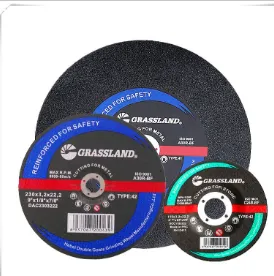
(can you cut stone with a metal cutting disc)
FAQS on can you cut stone with a metal cutting disc
Q: Can you cut stone with a metal cutting disc?
A: No, it's unsafe and ineffective. Metal discs shatter easily on hard stone. Always use diamond or abrasive discs for stone.
Q: Can you cut metal with a stone disc?
A: Yes, but with risks. Stone discs (abrasive) can handle metal but wear out fast and cause sparks. Opt for metal-specific discs for safety.
Q: Can you cut aluminum with a cut off wheel?
A: Yes, this is common practice. Cut off wheels are designed for metals, including aluminum. Choose wheels rated for non-ferrous metals to prevent clogging.
Q: What happens if you misuse discs for wrong materials?
A: It leads to dangers like blade shattering or poor cuts. Always match discs to the material type. For stone, use a disc specifically for masonry.
Q: What disc should you use for cutting stone safely?
A: Diamond-tipped or abrasive discs are recommended. They provide durability and efficiency on stone. Avoid metal discs to ensure a smooth, safe operation.
Post time:Jun - 09 - 2025







